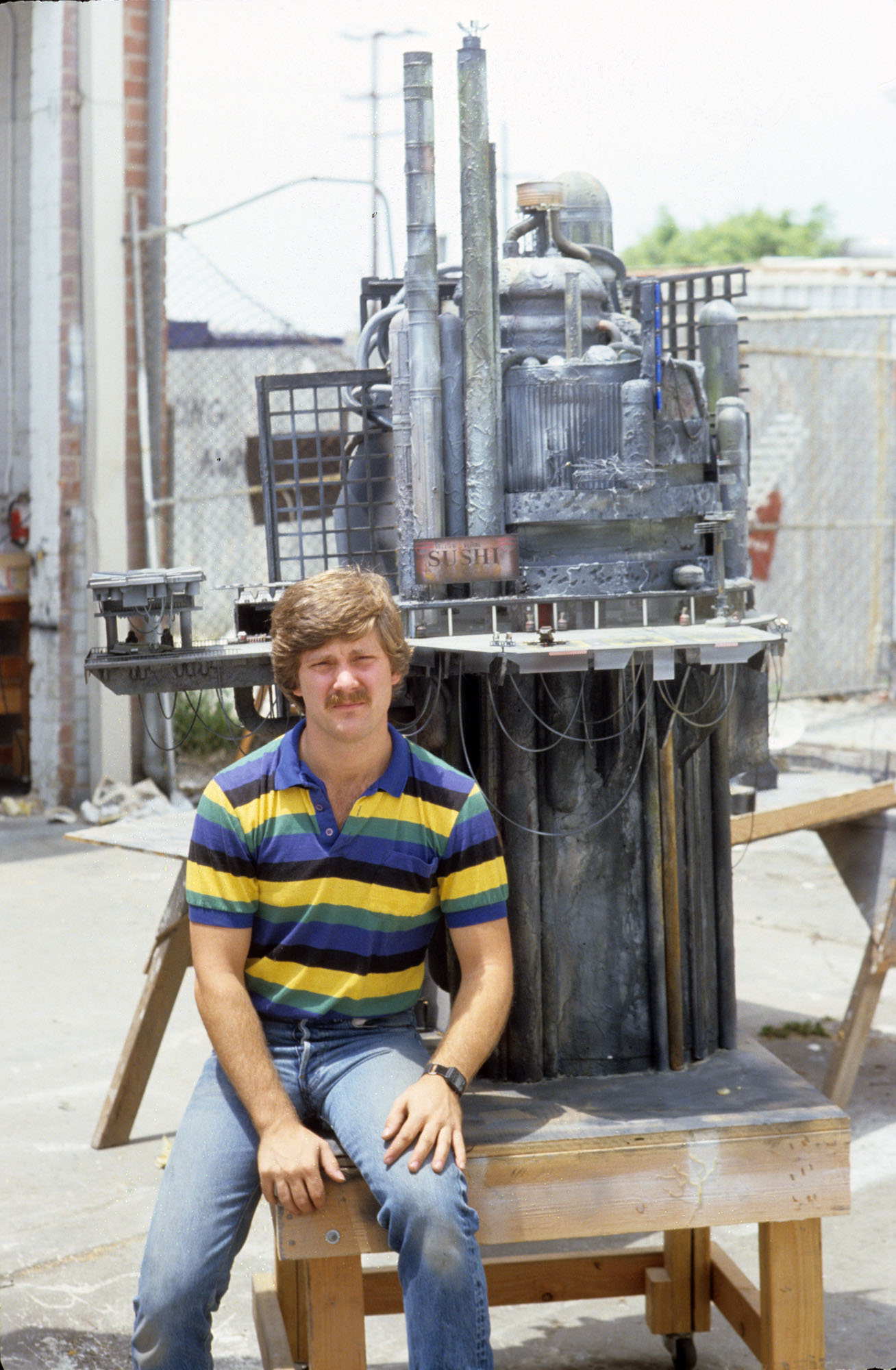
Blade Runner, unlike most science-fiction movies of the 1980s, improves with age — in fact, it seems to hold up more robustly with each passing year. Ridley Scott’s adaptation of Philip K. Dick’s Do Androids Dream of Electric Sheep? endures for many reasons, none of them quite so strong as the richness of its setting, a vision of 2019 Los Angeles replete with fire-belching smokestacks, towering corporate obelisks, 30-story geishas glowingly endorsing products on the sides of buildings, and crumbling “old” architecture retrofitted to inhabit this simultaneously glossy and ramshackle reality.

The film’s production design pays close attention to those big things, but also to the small ones: the sidewalk noodle bar where we meet replicant-hunting detective Rick Deckard; the glowing handles of the umbrellas held by the countless passersby streaming past; the detailing of the firearm with which he cuts down his android prey one by one. And often, the big things are small things; at the top of the post, for instance, we see the hulking headquarters of the replicant-building Tyrell Corporation — and, for scale, a member of the design team working on it.

Blade Runner, you see, represents perhaps the high water mark of the now seemingly lost art of miniature-based practical visual effects. Most everything in its slickly futuristic yet worn and often makeshift Los Angeles actually existed in reality, because, in that time before realistic CGI, everything had to take the form of a model (or, farther in the background, a matte painting) to get into the shot at all. You can take an extensive behind-the-scenes look at the blood, sweat, and tears involved in building all this in a gallery showcasing 142 photos taken in the Blade Runner model shop.

“Take a look at the dystopian miniatures, each tiny car hand painted with future dirt from riding clouds stuffed with future smog,” writes io9’s Meredith Woerner. Partisans of these sorts of techniques argue that miniatures remain superior to digital constructions because of their perceptible physicality, and perhaps that very quality has helped keep the look and feel of Blade Runner relatively timeless. Plus, unlike CGI, it gives die-hard fans something to hope for. If you dream about owning a piece of the film for your very own, you theoretically can; just make sure to do your homework first by reading the threads at propsummit.com, a forum about — and only about — Blade Runner props.
Enter the photo gallery here.
via io9
Related Content:
The Blade Runner Promotional Film
The Blade Runner Sketchbook: The Original Art of Syd Mead and Ridley Scott Online
Colin Marshall writes on cities, language, Asia, and men’s style. He’s at work on a book about Los Angeles, A Los Angeles Primer, and the video series The City in Cinema. Follow him on Twitter at @colinmarshall or on Facebook.


Leave a Reply